Comic books are a form of storytelling that combines words and images to create immersive and engaging narratives. Comics have been around for a long time, but they have gained more popularity and recognition in recent years, thanks to the success of superhero movies and graphic novels. Comics are not only a source of entertainment, but also a medium of expression, culture, and identity.
One of the questions that comic book fans and creators often ask is: what is the art style of a comic book? Art style refers to the distinctive visual elements, techniques, and methods that characterize a comic book’s appearance. Art style can be influenced by many factors, such as the genre, the audience, the message, the medium, the artist’s preferences, and the cultural context.
Different regions of the world have developed their own distinctive art styles for comic books. For example, Japanese manga is known for its stylized characters, expressive facial expressions, dynamic panel layouts, and diverse genres. American comics on the other hand are characterized by bold and vibrant colors, realistic or exaggerated anatomy, and detailed backgrounds. These distinct styles have become synonymous with their respective regions and have contributed to the global popularity of manga and American comics.
The Advantages of a Distinct Art Style
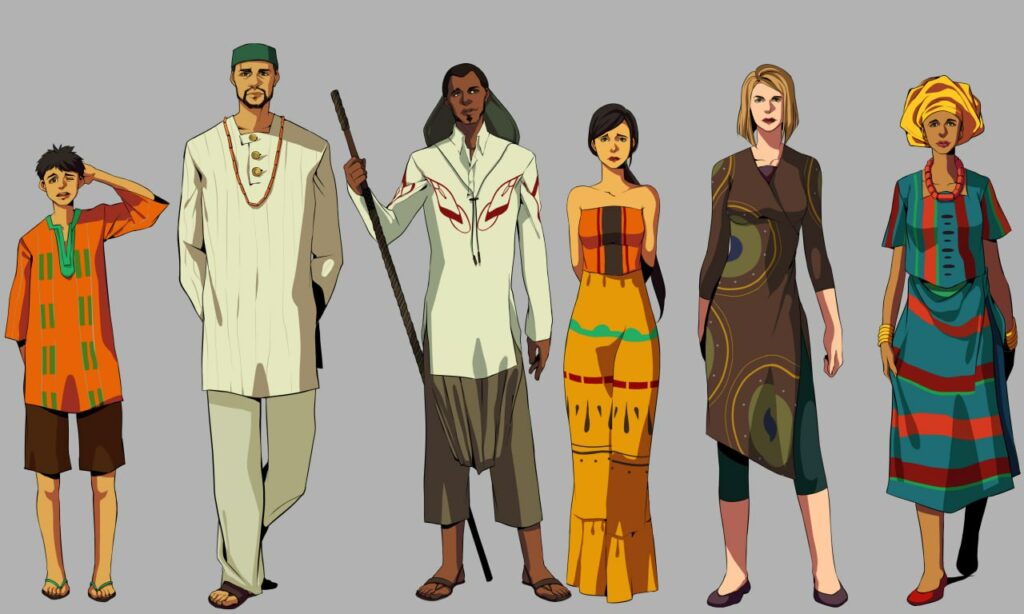
Having a distinct art style can offer several advantages for the comic book industry. First, it helps to create a recognizable and iconic identity for a particular region or culture. For example, when people think of manga, they immediately associate it with Japan and its unique artistic traditions. This association not only helps promote the manga industry but also fosters a sense of pride and cultural representation.
Moreover, a distinct art style can attract a dedicated fan base and contribute to the success of a comic book. When readers identify with a particular art style, they are more likely to seek out similar works and support the artists who produce them. This can lead to increased visibility, sales, and opportunities for collaboration within the industry.
Additionally, a distinct art style allows for experimentation and innovation. Artists can push the boundaries of their chosen style, explore new techniques, and create visually stunning and groundbreaking works. This artistic freedom and diversity contribute to the richness of the comic book medium as a whole.
The Challenge of Creating an African Comic Book Art Style
While many regions around the world have established their own recognizable comic book art styles, Africa presents a unique challenge due to its cultural diversity. The continent is home to a vast array of ethnicities, languages, traditions, and artistic expressions. It is a melting pot of cultures that makes it difficult to define a single, unified African comic book art style.
The diversity of African cultures, however, is also a source of strength and inspiration. African artists have the opportunity to draw from their own heritage, folklore, history, and contemporary experiences to create authentic and original comic book art. They can incorporate elements of traditional African art, such as intricate patterns, symbolic motifs, and vibrant colours, into their work.
African Artists with Distinct Art Styles
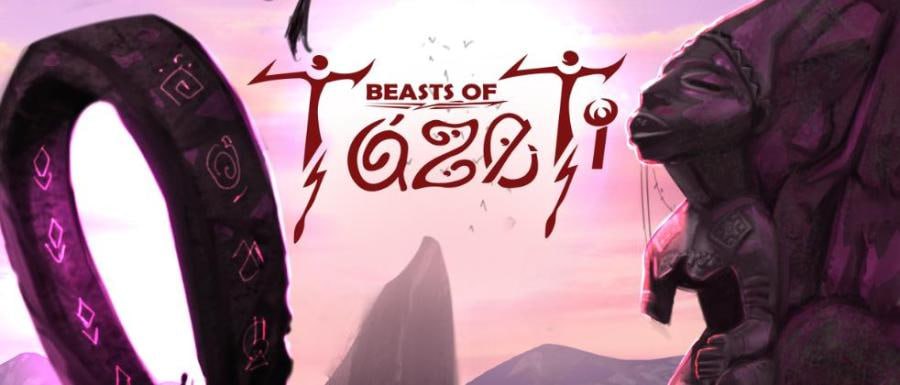
Although it is challenging to define an overarching African comic book art style, several African artists have emerged with unique approaches and aesthetics that could one day be recognized as the African comic book art style.
For instance, writer Roye Okupe has created the YouNeek Studios brand, which focuses on African-inspired superheroes and stories. His comics combine elements of Western comics with African cultural influences, resulting in visually striking and culturally relevant narratives. You can find these in E.X.O.™: The Legend of Wale Williams, Iyanu™: Child of Wonder and many others.
Another artist and writer worth mentioning is Ejob Nathanael of Zebra Comics, known for his distinct Africanfuturism style. His artwork often features futuristic African landscapes, stylized characters, and vibrant colours. Ejob’s work explores themes of technology, identity, and social issues in an Afrocentric context. Comics like “Anaki”, “Beasts of Tazeti” and soon-to-be-released “The Artist” embody this unique art style.
Conclusion
In conclusion, the concept of an African comic book art style is both complex and intriguing. While it is challenging to define a single style that represents the diverse cultures and artistic expressions found across the continent, African comic book artists have the opportunity to draw from their rich heritage and create unique and authentic comic book art.
The advantages of having a distinct art style, as demonstrated by the success of manga and American comics, provide motivation for African artists to develop their own visual language and contribute to the global comic book industry. By incorporating elements of traditional African art, exploring Africanfuturism themes, and drawing inspiration from their own experiences, African comic book artists can shape the future of comic book art and establish a recognizable African comic book art style.
As the African comic book industry continues to grow and evolve, it is essential to celebrate and support the diversity of artistic expressions that emerge from the continent. By doing so, we can promote cultural representation, foster creativity, and enrich the global comic book landscape with diverse and compelling narratives.
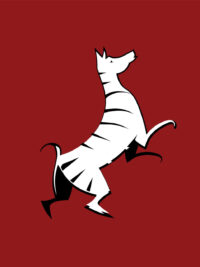


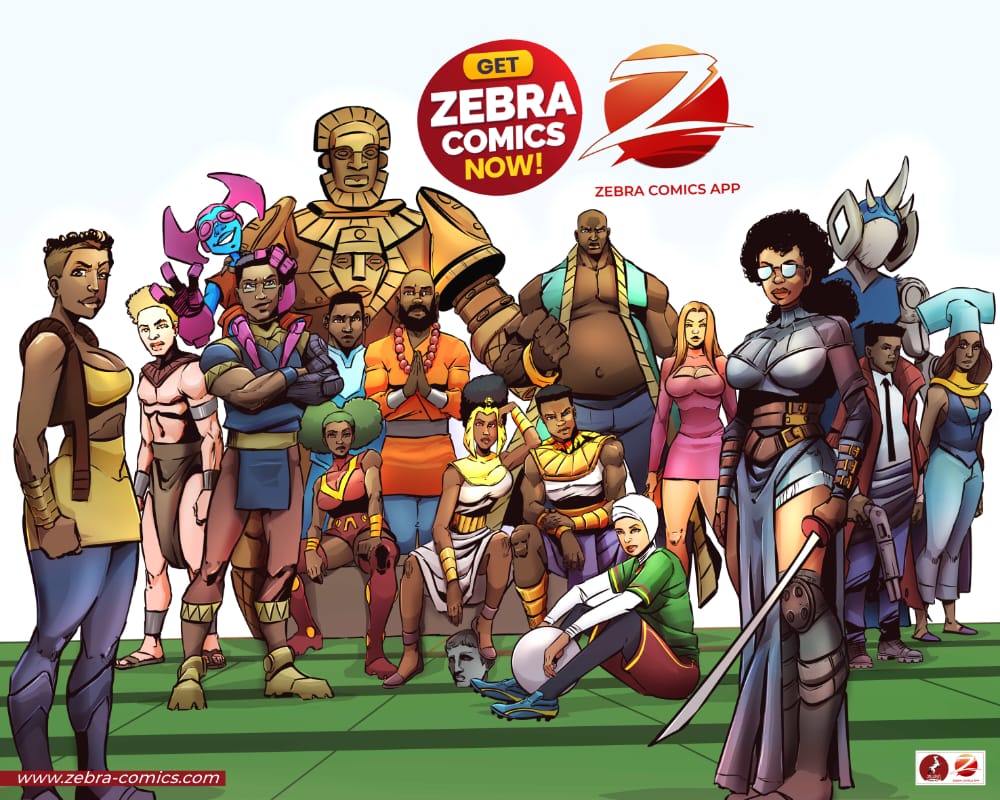
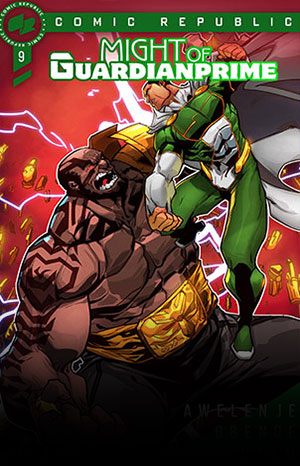
Personally I believe the art style of African comic books is still undergoing a process of evolution. Creating something completely unique and different from what already is and drifting away from Japanese , American and Franco Belgian comics isn’t an easy task. However , the beauty in our diversity and cultural heritage as well as the unrelenting spirit of our African artists and comic book lovers remains the core element for an African break through in the world of comics.